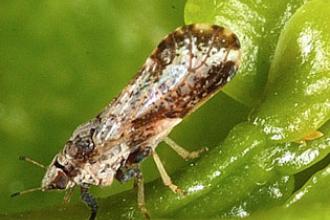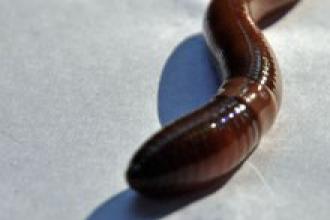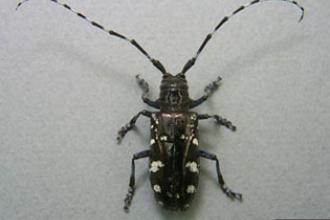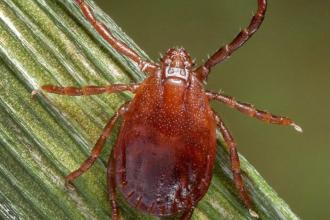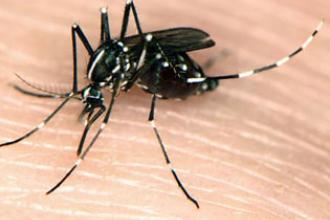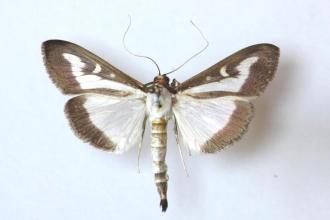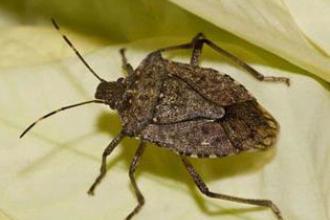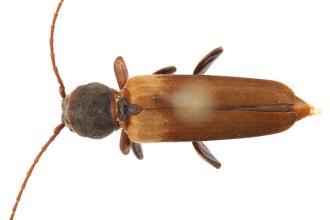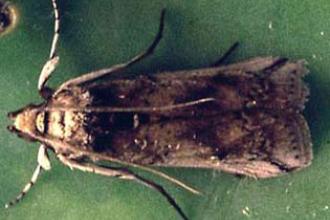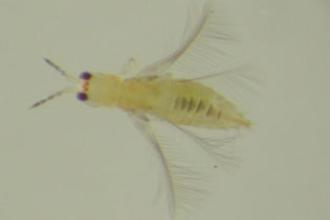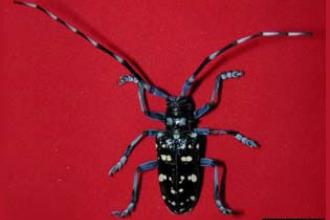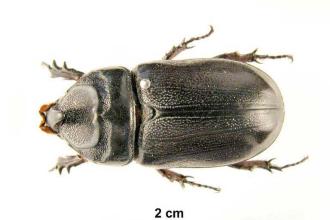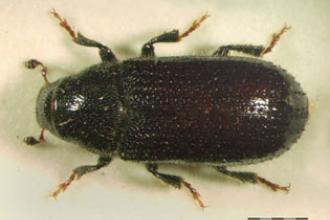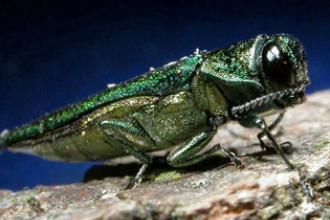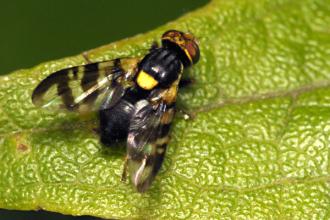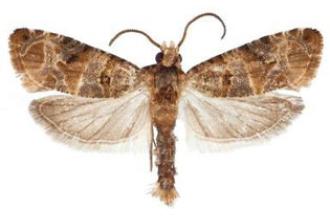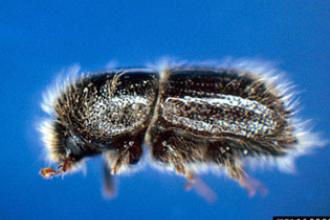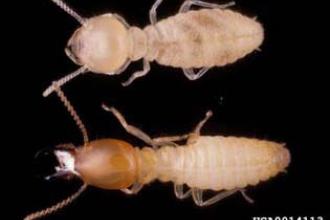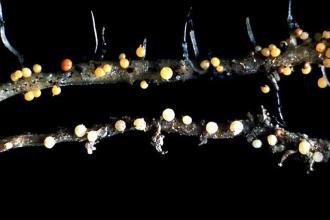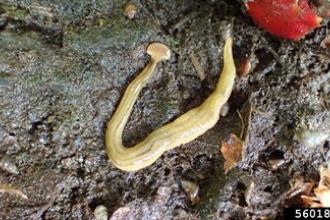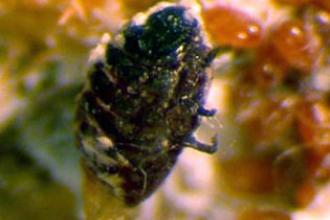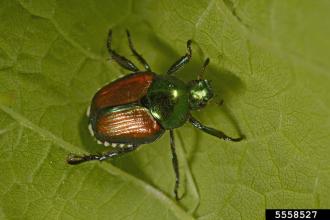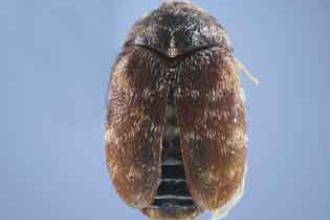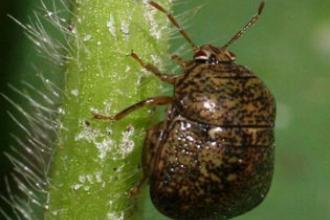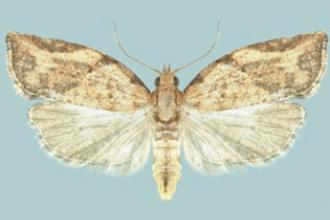Terrestrial Invertebrates
Terrestrial (land-dwelling) Invasive Invertebrates are animals that lack a vertebral column (backbone). Insects are the most common invasive terrestrial invertebrate, but it also includes other arthropods — mollusks or molluscs (snails and slugs) and worms (flatworms, roundworms, segmented worms).
Citations:
- Govorushko, S.M. Natural Processes and Human Impacts: Interactions between Humanity and the Environment. Springer, 2012.
- Hine, R. and E. Martin. 2015. “Invertebrate.” In: A Dictionary of Biology (7th ed). Oxford University Press.
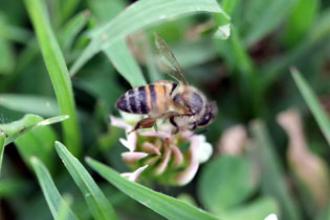
Africanized Honeybee
Apis mellifera scutellata Lepeletier (Ellis and Ellis 2008; Sheppard and Smith 2000)
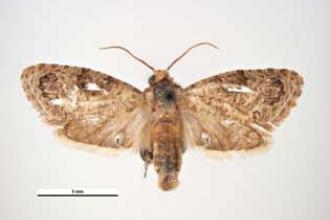
False Codling Moth
Thaumatotibia leucotreta (Meyrick), formerly known as Cryptophlebia leucotreta (Gilligan et al. 2011)
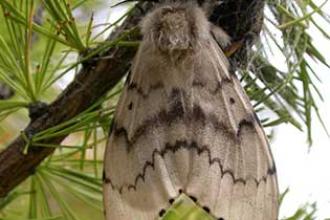
Flighted Spongy Moth Complex
Lymantria dispar asiatica Vnukovskij, Lymantria dispar japonica (Motschulsky), Lymantria albescens Hori and Umeno, Lymantria umbrosa (Butler), and Lymantria postalba Inoue (Djoumad et al. 2020)
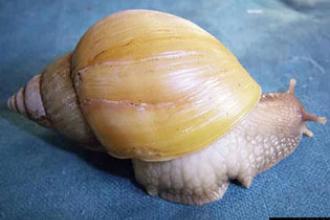
Giant African Snail
Lissachatina fulica (Bowdich) (CABI)
Note: Achatina fulica was recently redesignated Lissachatina fulica, largely on the basis of Mead's (1961) observations (Naggs, 2002).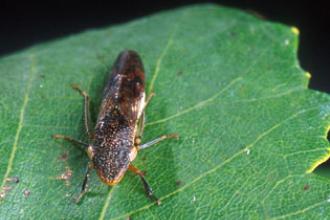
Glassy-Winged Sharpshooter
Homalodisca vitripennis (Germar) (Formerly known as Homalodisca coagulata) (Takiya et al. 2006)
Species Information Disclaimer
NISIC provides general information about species considered to be invasive and our information does not have any regulatory implications. There are more than 6,500 invasive species established across the United States. The large numbers of invasive species prevent us from maintaining detailed information on all invasive species. In addition, determining the invasiveness of a species depends on a number of local factors, including type of habitat. The species profiles included on NISIC's site are intended to be an educational resource and should not be considered to be an official list of invasive species by the U.S. Department of Agriculture.

